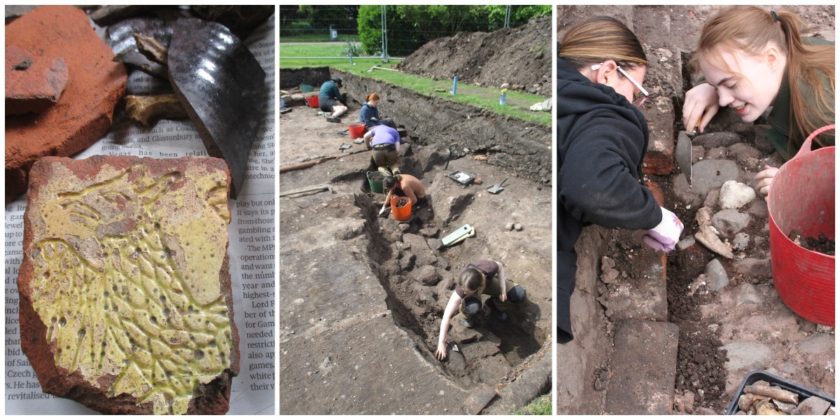Grosvenor Park’s archaeological excavation returns to unearth Chester’s hidden history

Chester’s historic Grosvenor Park, a Grade II* registered site, will once again host the popular archaeological training excavation from Monday 24 April to Friday 19 May.
University of Chester archaeology students will work alongside local professional archaeologists to develop their practical fieldwork skills and uncover more of the city’s rich history.
Since its inception in 2007, the Grosvenor Park excavation has welcomed over 330 students, who have learned to excavate and record the remains of nearly 2,000 years of activity within the modern park area.
The project is run by West Cheshire Museums and is a collaborative effort between Cheshire West and Chester Council and the University of Chester’s Department of History and Archaeology.
The student’s enthusiasm and engagement with visitors have earned them much praise, as the project aims to train future archaeologists and uncover more about the historic landscape surrounding Chester’s Roman amphitheatre.
The excavation also seeks to determine how the abandoned amphitheatre influenced the development of the area now occupied by the Church of St John the Baptist and Grosvenor Park.
Over the past 16 years, several remarkable discoveries have been made at the site, including a Roman road leading towards the amphitheatre, a large Saxon ditch, and a substantial medieval stone wall and ditch running across the park. These findings likely formed part of the precinct surrounding St John’s church.
Additionally, evidence of the destruction of a grand house, converted by Sir Hugh Cholmondeley in the late 16th century and later destroyed in the English Civil War, has been found alongside military equipment.
This year, the excavation aims to answer several questions, including whether there is evidence for prehistoric buildings or farming, the existence of buildings along the Roman road, the purpose of the Saxon ditch, developments in St John’s precinct during the later medieval period, and changes made by Sir Hugh Cholmondeley upon acquiring the land.
The public is invited to an open afternoon on Tuesday 16 May from 1.30 pm to 4.30 pm for a closer look at the excavations and the artefacts discovered so far.
The event is free, and no booking is necessary. Visitors are also welcome to view the excavation on weekdays between 9.30 am and 12.30 pm and 1.30 pm and 4.30 pm, where students will be happy to answer questions about their work and findings.
Spotted something? Got a story? Email: [email protected]
Latest News
